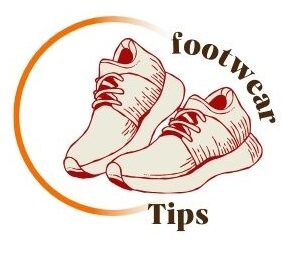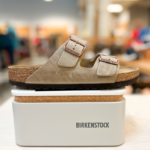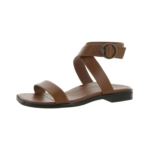Address:
- 2365 Hood Avenue, San Diego, CA, 92123
Barefoot running shoes provide a minimalist design for a natural running experience, offering flexibility and ground feel. These shoes are designed to mimic the barefoot running experience, promoting a more natural gait and foot movement.
Barefoot running shoes have gained popularity among runners seeking a more natural and minimalist running experience. These shoes are designed to provide a barefoot-like feel while still offering protection and support. With their lightweight and flexible design, barefoot running shoes aim to promote a more natural gait and foot movement, potentially reducing the risk of certain injuries.
Additionally, they can help strengthen the muscles in the feet and lower legs. Whether you’re a seasoned runner or looking to transition to a more minimalist running style, barefoot running shoes offer an option to consider for enhancing your running experience.

Credit: anyasreviews.com
The rise of barefoot running shoes has revolutionized the fitness industry, offering a natural and minimalist approach to running. These shoes provide a closer connection to the ground, promoting better foot strength and proprioception. With a wide range of options available, from casual walking shoes to high-performance running footwear, barefoot shoes cater to various needs and preferences.
In recent years, there has been a significant rise in the popularity of barefoot running shoes. Athletes all around the world are ditching their standard running shoes in favor of these minimalist alternatives. But how did this trend come about? Let’s take a closer look at the journey from traditional to minimalist footwear.
In the past, running shoes were designed with thick cushioning and arch support to provide maximum comfort and protection. However, it was believed that these features were necessary to prevent injuries and improve performance. But as research progressed, a new understanding emerged.
Scientists and experts began to question whether these highly cushioned shoes were actually beneficial or if they were contributing to a host of running-related injuries. They argued that the human foot is naturally designed to absorb shock and provide stability, and that traditional running shoes were interfering with this natural function.
This realization sparked a movement towards minimalist footwear, which aimed to mimic the experience of running barefoot while still providing some level of protection. Barefoot running shoes typically have thin soles and minimal arch support, allowing the foot to move and flex more naturally.
Athletes have been quick to embrace barefoot running shoes for a variety of reasons. Let’s explore why they are choosing to ditch their standard running shoes:
As more and more athletes experience the benefits of barefoot running shoes, it’s no wonder that this trend continues to gain momentum. Whether you’re a seasoned runner or just starting out, it may be worth considering making the switch to minimalist footwear for your next run.
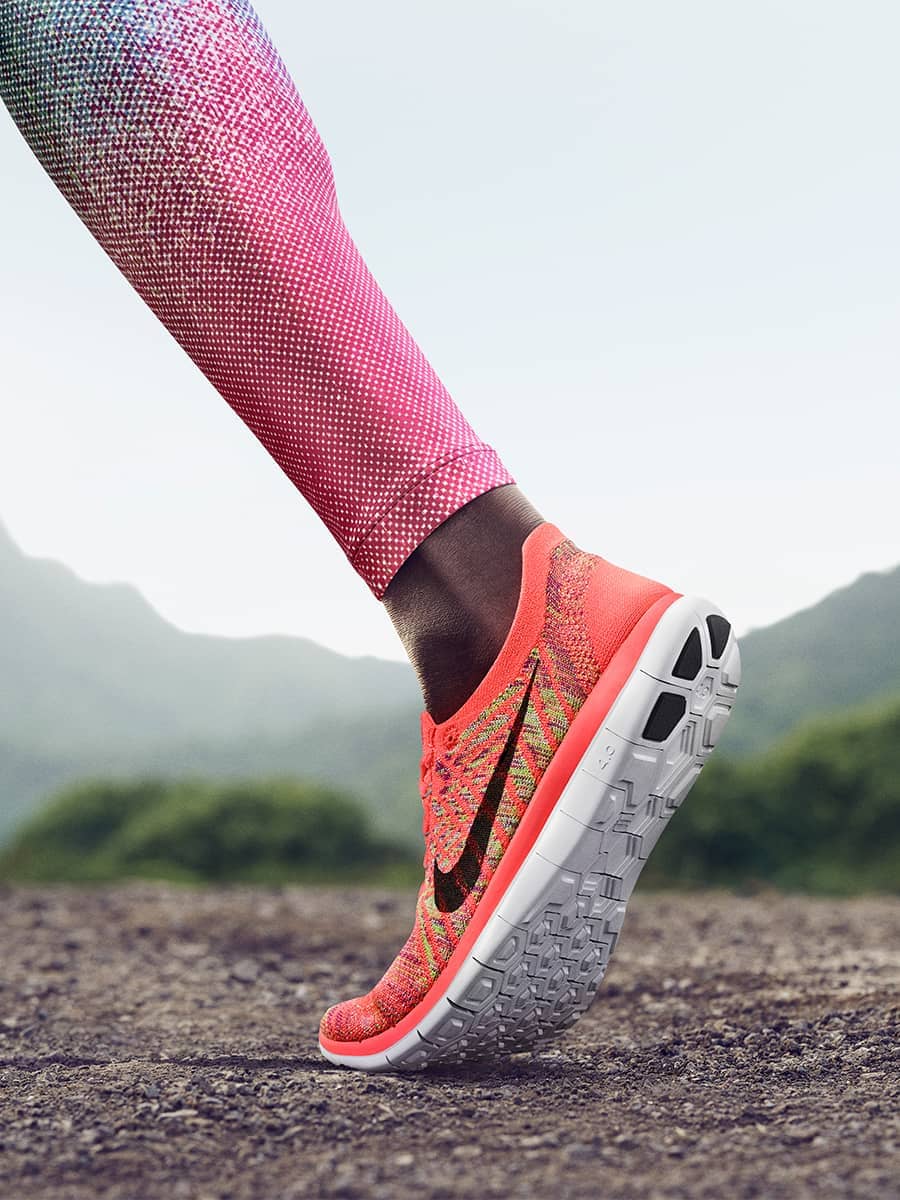
Credit: www.nike.com
Barefoot running has gained popularity due to its numerous benefits. From enhancing natural stride and posture to reducing the risk of injury and improving balance, barefoot running shoes offer a range of advantages for runners.
Barefoot running shoes encourage a natural and efficient stride, allowing the foot to flex and move as it would if running barefoot. This helps in strengthening the muscles in the feet and lower legs, leading to improved posture and overall body alignment.
By promoting a more natural running gait, barefoot running shoes can help reduce the risk of certain running-related injuries, such as plantar fasciitis and shin splints. Additionally, the minimalistic design of these shoes enhances proprioception, leading to improved balance and stability while running.
Choosing your first pair of barefoot running shoes can be a daunting task. With a wide variety of options available, it’s important to consider factors such as comfort, durability, and support. Take your time to research and find the perfect pair that suits your needs and preferences.
Choosing Your First Pair of Barefoot Running ShoesWhen it comes to selecting your first pair of barefoot running shoes, it’s important to consider a few key factors. Not all shoes are created equal, and choosing the right pair can make all the difference in your running experience. Here are some key features to look for, as well as an understanding of the different types of barefoot running shoes and their purposes.Key Features to Look ForWhen choosing your first pair of barefoot running shoes, there are a few key features to look for:1. Flexibility: Barefoot shoes should be flexible to allow your foot to move naturally.2. Zero-drop: This means there is no difference in height between the heel and the toe, allowing for a natural foot strike.3. Minimalist design: Barefoot shoes should have a minimal design with little cushioning or support to allow your foot to move as it was meant to.4. Wide toe box: A wide toe box allows your toes to splay naturally, providing greater stability and balance.Understanding Different Types and Their PurposesThere are several different types of barefoot running shoes, each with its own purpose and design. Here are a few:1. Road Running Shoes: These shoes are designed for running on paved surfaces and are typically lightweight with a minimalist design.2. Trail Running Shoes: These shoes are designed for running on uneven terrain and often have more grip and protection than road running shoes.3. Cross-Training Shoes: These shoes are designed for a variety of activities, including running, weightlifting, and other gym activities.4. Hiking Shoes: These shoes are designed for hiking and often have more support and protection than other barefoot shoes.When choosing your first pair of barefoot running shoes, it’s important to consider the type of running you’ll be doing and choose a shoe that is designed for that purpose.In conclusion, choosing the right pair of barefoot running shoes can make all the difference in your running experience. Look for shoes with key features such as flexibility, zero-drop, minimalist design, and a wide toe box. Additionally, consider the type of running you’ll be doing and choose a shoe that is designed for that purpose. With the right pair of barefoot running shoes, you can enjoy a more natural and enjoyable running experience.Transitioning to barefoot shoes is essential for a safe and effective experience. When making the switch to barefoot running shoes, it’s important to start slowly and gradually increase usage to allow your feet and body to adapt. Proper form and foot strength are crucial for a smooth transition to barefoot shoes, reducing the risk of injury and maximizing the benefits of barefoot running.
Transitioning to barefoot shoes is an exciting journey towards a more natural and minimalist running experience. However, it’s crucial to start slow to allow your body to adapt to the new style of running. Rushing into barefoot running can lead to injuries and discomfort.
When you first start wearing barefoot shoes, it’s essential to listen to your body and gradually increase your mileage. Begin with short runs or walks, gradually increasing the distance as your feet and leg muscles adjust to the new footwear. This gradual approach will help prevent overuse injuries and allow your body to develop the necessary strength and stability.
While transitioning to barefoot shoes, it’s important to be aware of common mistakes that can hinder your progress. By avoiding these mistakes, you can ensure a safe and effective transition:
By being mindful of these common mistakes, you can ensure a smooth and safe transition to barefoot shoes. Remember, patience and consistency are key when it comes to adapting to a new running style.
Discover the top barefoot running shoe brands, including Barekick, Temu, Lems Shoes, and Vibram, offering comfortable, lightweight, and attractive options for a natural running experience.
| Brand | Price Range | Key Features |
|---|---|---|
| Barekick | $49.90 | Comfortable and casual |
| Weweya | $39.99 | Minimalist design for running and cross-training |
| Vibram | $79.95 – $82.95 | Innovative FiveFingers design for a barefoot feel |
| Lems Shoes | $54.00 – $130.00 | Minimalist design for natural foot movement |
| Xero Shoes | $89.99 – $139.99 | Durable and affordable for long-lasting use |
Real runners’ experiences with barefoot running shoes are nothing short of transformative. The lightweight design and zero-drop sole of these shoes provide a natural and comfortable running experience. With a wide range of color options and supportive features, these shoes are the perfect choice for runners looking to enhance their performance and comfort.
Looking to improve your running performance? Discover the benefits of barefoot running shoes for a more natural and efficient stride. Enhance your training experience with lightweight, durable, and supportive barefoot shoes, designed to promote a healthier and more natural running experience.
Try out the latest barefoot shoes and take your running to the next level.
When it comes to barefoot running, there are some best practices you should keep in mind to ensure a safe and effective training experience. Here are some tips to help you get started:
If you’re interested in incorporating barefoot shoes into your running routine, here are some tips to help you make a smooth transition:
Discover the future of barefoot running shoes with innovative designs that prioritize comfort and flexibility. Experience the freedom of natural movement while enjoying the benefits of proper support and protection for your feet.
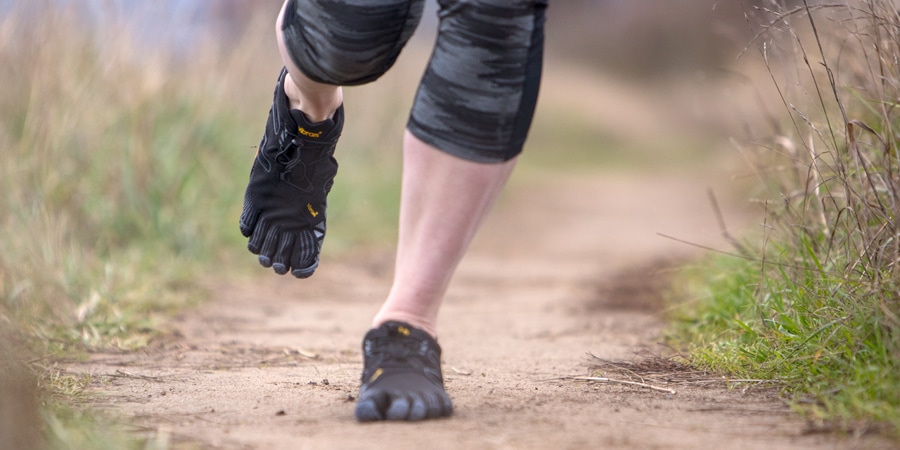
Credit: www.rei.com
Barefoot shoes are good for running as they promote natural foot movement and strengthen muscles. They provide a barefoot feel with protection.
Podiatrists have mixed opinions on barefoot running. Some believe it can strengthen foot muscles and improve balance, while others caution that it may increase the risk of injury. It’s important to consult with a podiatrist to determine if barefoot running is suitable for you.
Barefoot running can lead to injuries like cuts, bruises, and overuse injuries. It offers less protection and may not suit everyone’s foot type.
There is no one-size-fits-all answer. While barefoot running has its benefits, it can also be risky and cause injuries. Running shoes provide protection and support, but it’s important to choose the right pair for your foot type and running style.
Ultimately, it depends on your personal preference and running goals.
Barefoot running shoes offer a unique and beneficial approach to running. With their minimalist design and lightweight construction, these shoes provide a natural and comfortable running experience. They are available in a variety of colors and styles, catering to both men and women.
Whether you’re a seasoned runner or just starting out, barefoot running shoes can enhance your performance and reduce the risk of injury. So, why not give them a try and experience the freedom of running barefoot with the protection of shoes?
Get our most valuable tips right inside your inbox, once per month!
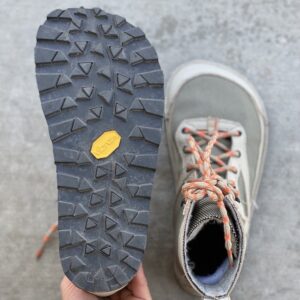
Looking for walking shoes with a wide toe box? Check out these top options for men and women that offer comfort, support, and a roomy
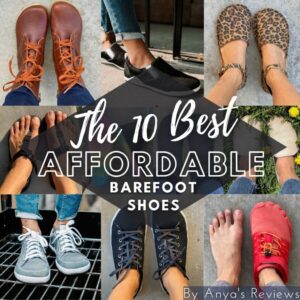
Looking for cheap barefoot shoes? Check out WHITIN Men’s Ultra-ventilated Barefoot Shoes for $19.99 on Amazon.com or Men’s Quick-dry Barefoot Shoes for $8.47 on Temu.
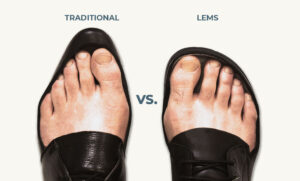
Foot-shaped shoes are available in various brands such as Lems Shoes, Padgene, Barekick, WHITIN, relxfeet, Xero Shoes, New Balance, Earthing Harmony, Atoms, BRONAX, Hike Footwear,
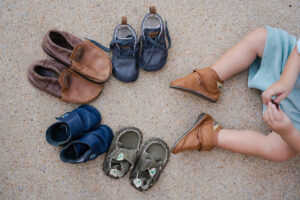
Toddler Barefoot Shoes provide a minimalist and lightweight option for kids to splay their feet naturally while walking, running, or playing sports. These shoes have
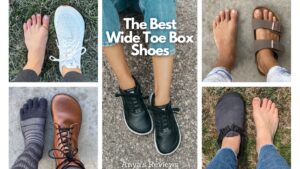
Discover a variety of wide toe box shoes for women in Austin, Texas, including options from Orthofeet, WHITIN, Temu, and more. These shoes offer comfort
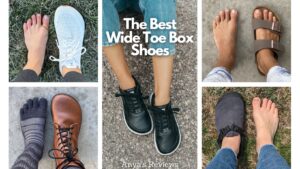
Toe box shoes provide ample space for the toes, allowing them to move freely and comfortably. They are available in various styles and sizes, with
